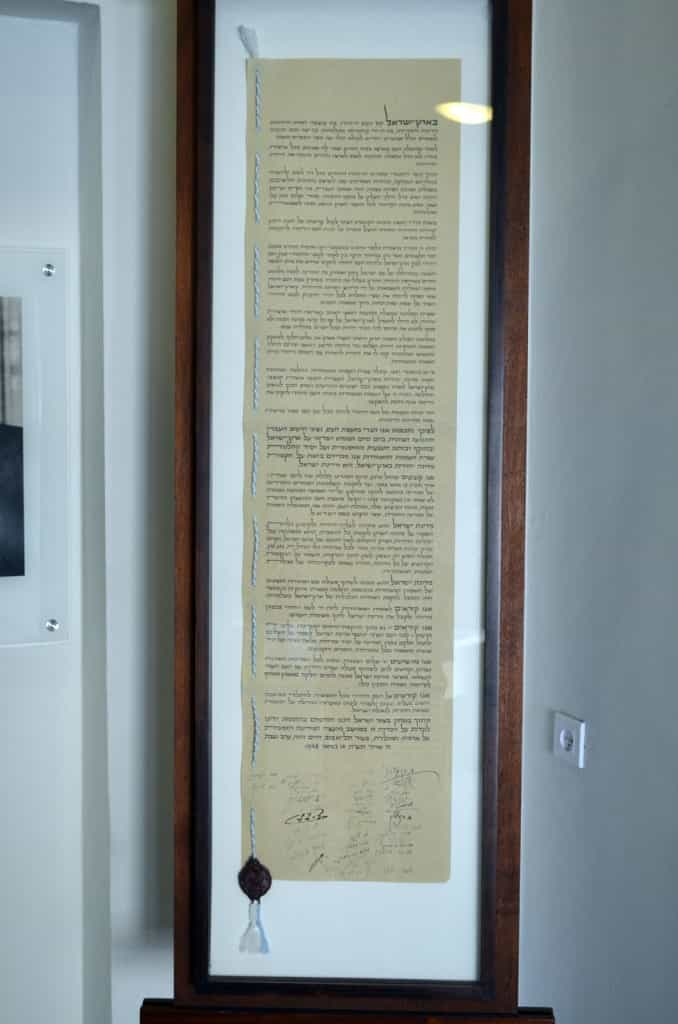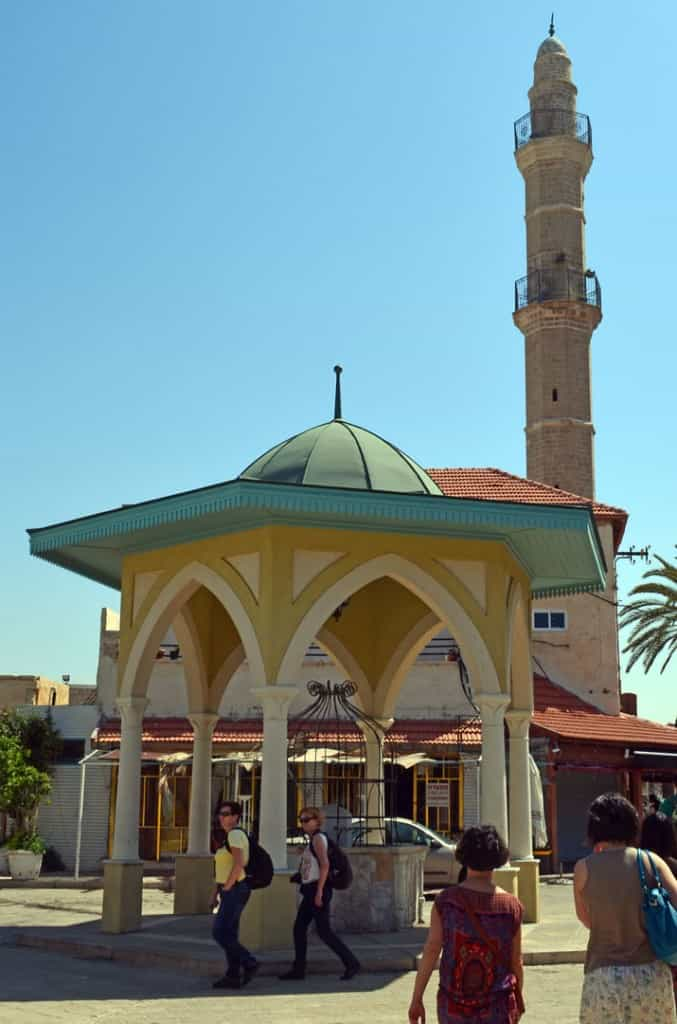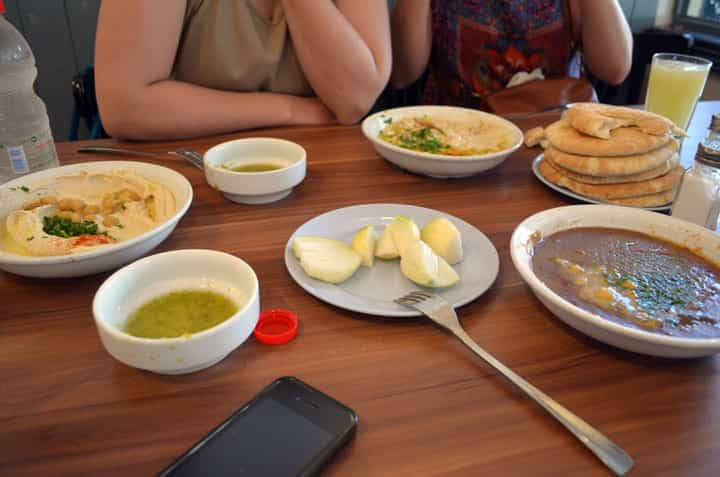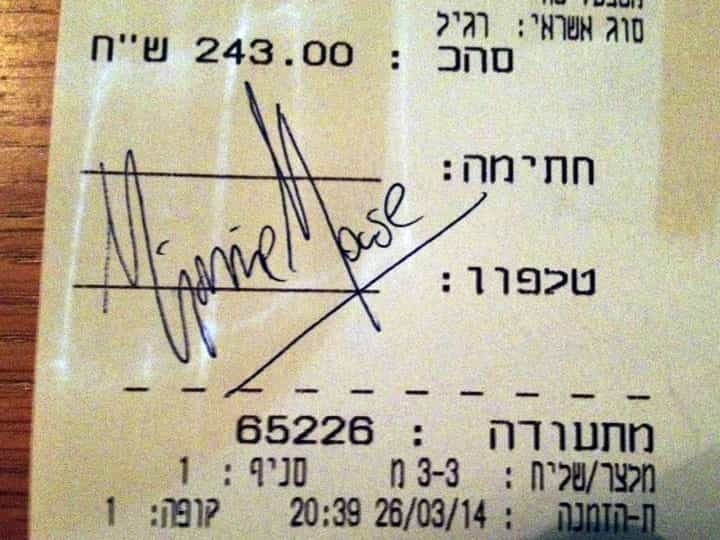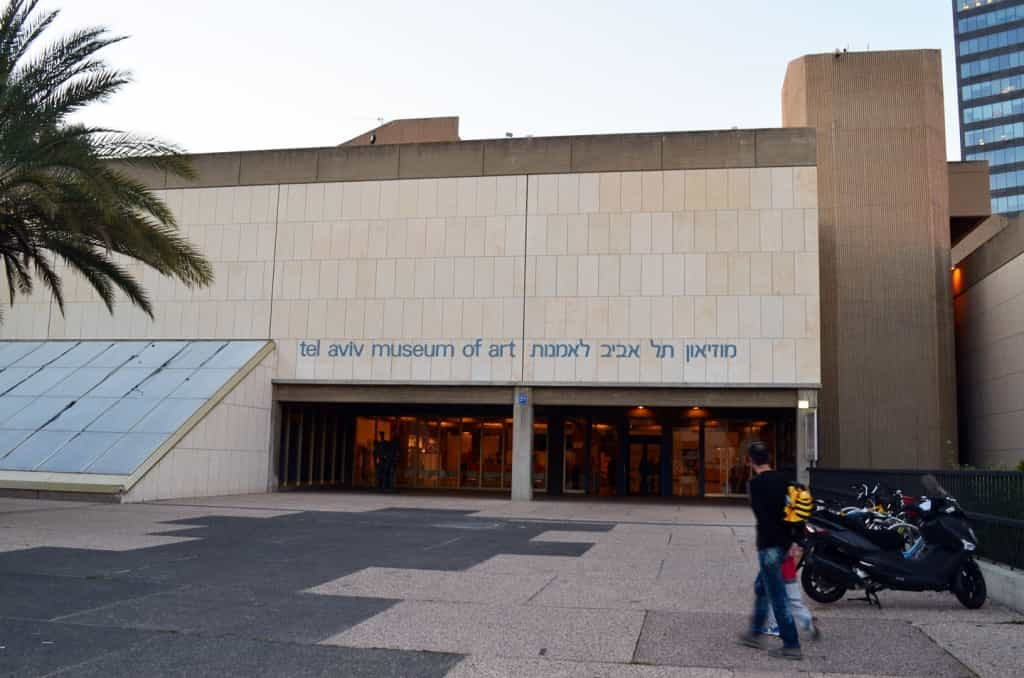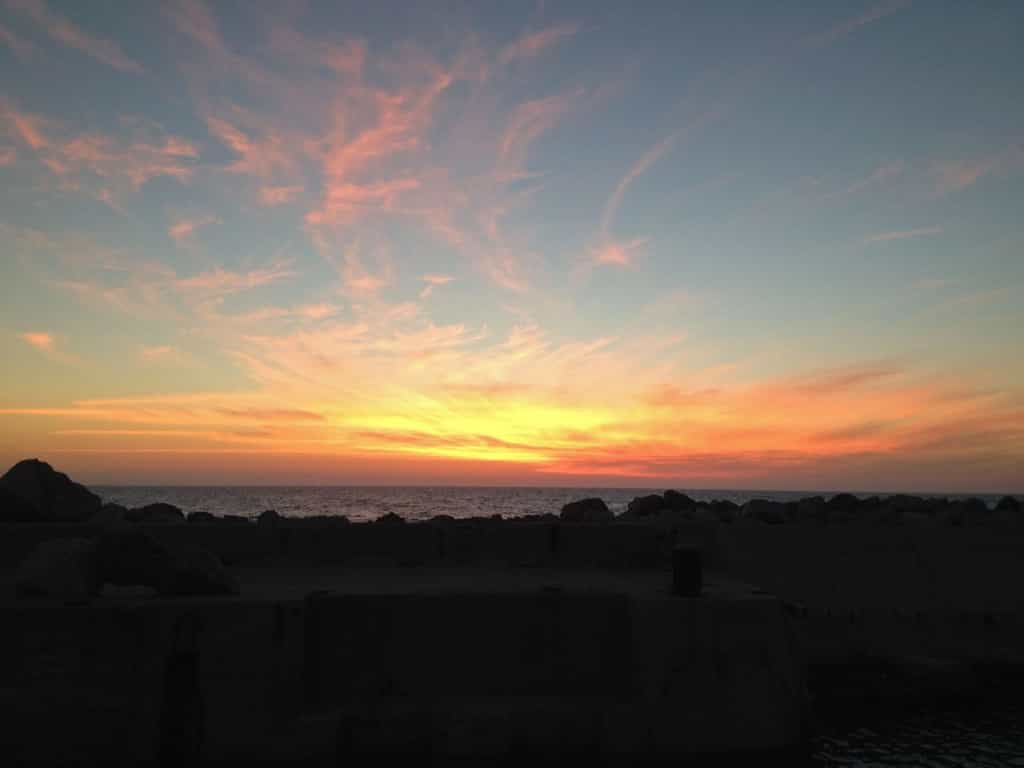Several times I heard in Israel that Tel-Aviv is a bubble, distinct from the rest of the country. Even in times of war, the joke goes that Tel-Aviv residents live in constant fear that an explosion could cause the foam to fall right off their cappuccinos. The cosmopolitan city of fun loving people is much more like many Mediterranean coastal cities I have visited than it is like any other Middle-Eastern cities, including other cities in Israel.
In fact, once in a while Barcelona might come to mind! The only caveat about Tel-Aviv as a vacation destination is that for a week of sun, sand and great cafes and restaurants, you could buy 2 such weeks in Barcelona, easily. Like in the rest of the country, pretty much everything is very expensive in Tel-Aviv. Hotels offer horrible value for the price and a small beer in a restaurant can easily set you back $10. And this is not me being an ill-informed, overpaying tourist. My Israeli friends all confirmed this and also explained how thing they have to pay, like rent, mortgages, utilities and even toiletries, are also very expensive.
Nevertheless, everyone is out and about and the week-end markets are busy.
And so are the beaches, even in late March. While not immediately evident, if you look for signs of religious conservatism, you will eventually find them, but not easily. I am pretty sure the fenced off part of the beach in the middle is for orthodox Jews. Only men were present. If I’m wrong, it’s the worst gay beach in the world. That being said, this is maybe 150 m out of kilometres of beautiful urban beaches.
Tel-Aviv, as seen from the top of the hill in Jaffa. Jaffa is a very old city (more on it later), but Tel-Aviv is just a little over 100 years old. Since Jaffa was overpopulated and dirty, someone eventually decided that the requirement of living inside the walls had possibly become outdated at the eve of the 20th century, and they started building homes in the fields, starting with the houses with orange tile roofs, middle on the right of the picture. In the space of a century, the Jaffa offshoot had grown to become one of the most dynamic cities in the Middle-East.
Just before the end of the United Kingdom Palestinian Mandate, Jewish leaders decided to declare the creation of the State of Israel. The US had warned them that neighbouring Arab countries would react by invading them, but Jewish leaders calculated that the invasion would take place no matter what they did. Since Jerusalem was besieged by Arab fighters, the ceremony took place in Tel-Aviv’s art museum, now the Hall of Independence. The guided tours of this place do a fantastic job of putting you in the context of that historic moment. It is incredible how this was done in the middle of an open conflict, with no time to really prepare anything. The secret invitations sent just before the ceremony did not contain the words “State of Israel”, not for secrecy reasons, but because leaders had not yet agreed on a name for the country!
While they pretended to sign the Act of Independence, they really signed a blank page, which was later attached to the nicely done parchment! There was simply no time for such details and shortly after the ceremony, men like Ben Gurion simply went straight back to the war. The Arabs (Egypt, Syria, Jordan, Lebanon, Iraq, etc) obviously rejected the UN proposed 1947 partition plan and invaded the new country. They lost the war and large strips of land the Palestinians would have been granted had they accepted the deal. Frustrated, they attacked again in 1967, were crushed and lost more land. And then, because things always happen in threes, again in 1973, with the same result.
Unlike Tel-Aviv, Jaffa is a very old town (in the 1947 plan, it would have been a Palestinian enclave, BTW). Here Ori, the Tel-Aviv free walking tour guide, unfolds a very long display of the region’s major historical periods, from the Stone Age to 1949. If you have never taken free walking city tours, I highly recommend them. Usually dynamic young guides who make money from tips (really a unspecified fee, because if you don’t leave anything on a free tour, you’re really being a jerk, as they get no other income).
Any place where archaeologists find hieroglyphs fits my definition of “very old”.
In the 19th Century, the ruler of Jaffa, Muhamad Abu-Nabbut, ordered that the city gates would always be locked from sunset to sunrise, without exception. Once, he fell asleep on the beach and found himself locked out, cold and thirsty. He ordered the guards to open the gates for him, but they refused, citing their strict orders from Abu-Nabbut. They also refused to believe the man banging on the gates was actually Abu-Nabbut and said even if he was, they hated the bastard anyway, or something to that effect. Having spent a very difficult night outside, the ruler had this fountain built so that travellers locked out would at least have water to drink. And the soldiers, certainly very surprised when they discovered their mistake? Abu-Nabbut had the whole city gathered to applaud and pay respect to them for their exemplary professionalism. Then, because they had insulted him, he personally cut their heads off.
In those days, oranges used to be the main economic output of Jaffa. Today, with the current value of real estate in and around Tel-Aviv, keeping orchards would make about as much sense as growing corn in Manhattan. Unfortunately, I forgot the name of the artist/agronomist who illustrates this phenomenon through pieces like this suspended urban tree. [EDIT: the artist is Ran Morin. Thanks Gili!]
Jaffa seen from its harbour.
The old city centre has become the home of many artists and artisans, and the harbour houses a few exhibition spaces.
Dinner by the water, with 22 side dishes!
Speaking of food, after the walking tour, Vanessa, a French tourist with whom I ended up doing a couple of day trips outside Tel-Aviv (day trips for her, I stayed overnight), asked some young soldiers where we should go for a cheap and quick lunch. They directed us to an hummus restaurant packed with Arabs and Israeli soldiers. The tour guide had said that while relations are not always perfect, Jaffa is one of best examples of relatively harmonious cohabitation in the country. I didn’t see scenes like that in other cities.
The restaurant itself was one of the noisiest I have ever been too. As soon as we sat, a waiter threw (yes, threw), pita bread and hot sauce on the table. He asked what we wanted. We asked what he had. Three kinds of hummus was the answer and we ordered one of each. He screamed the order towards the kitchen at the top of his lungs and less than 45 seconds after entering the place, the food was there! I think they do it on purpose; with a line-up outside, they don’t wan’t you mobilizing a table for an hour, sipping tea. We left as soon as we were done, as the place was uncomfortable to most senses. But I would gladly go back anytime!
This is another establishment that Arabs and Jews will drive miles to go to, the 135 year old Abouelafia bakery. My first taste of Israel, actually: some pastry with Bulgarian cheese!
My second taste was no more authentic; I had dinner with a Tel-Aviv lawyer in a Vietnamese restaurant! Natty and I met in Mozambique last year. It was fun to catch-up.
She informed me that nobody cares about credit cards signatures in Israel, as she proceeded to sign “Minnie Mouse” on her credit card slip!
The Tel-Aviv Museum of Art, which Natty has never been to. Well, unless you really like modern art, don’t go. There is a collection of European Masters, but it is very small. And the collection of Israeli art is also mostly very strange modern stuff.
You can’t take pictures inside, but I did snap a few shots in the outdoors sculpture garden. This is a statue: “Window” (1999), by Micha Ullman. Yep…
And finally, I have repeated before the saying that the best camera for any occasion is the one you have with you, but I am still often impressed by the random pictures I take with the iPhone when not dragging around my DSLR.
PS: Little piece of advice: don’t enter Israel with a cell phone that has no contacts or call history, and a Yemeni visa in your passport, as well as stamps from about a half dozen other countries with declared intentions of destroying Israel. It took me a good two hours to explain my strange life before security let me past immigration. No hard feelings, I understand the threat level under which they live, and while I obviously don’t fit the profile of a terrorist, I do fit the demographics of some fairly hard core Canadian activists that participate in anti-Israel activities from time to time. The best part was when he asked me questions about North Korea. I detected a clear change in the way his questions were structured and the sequence in which he was asking them. I am 100% certain that for about 5 minutes, he completely stopped doing his job and was just asking me questions because he was genuinely curious! I also had a funny moment leaving the country:
– Israeli security: “What’s this stamp? (in my passport)”.
– Me: “Brunei Darussalam”.
– “What country is that in?”
– “It IS a country.”
– “Really; never heard of it”. Perhaps that explains why I made the national newspapers under the headline: “Tourist visits Brunei on National Day” when I visited the tiny nation!
#Israel






